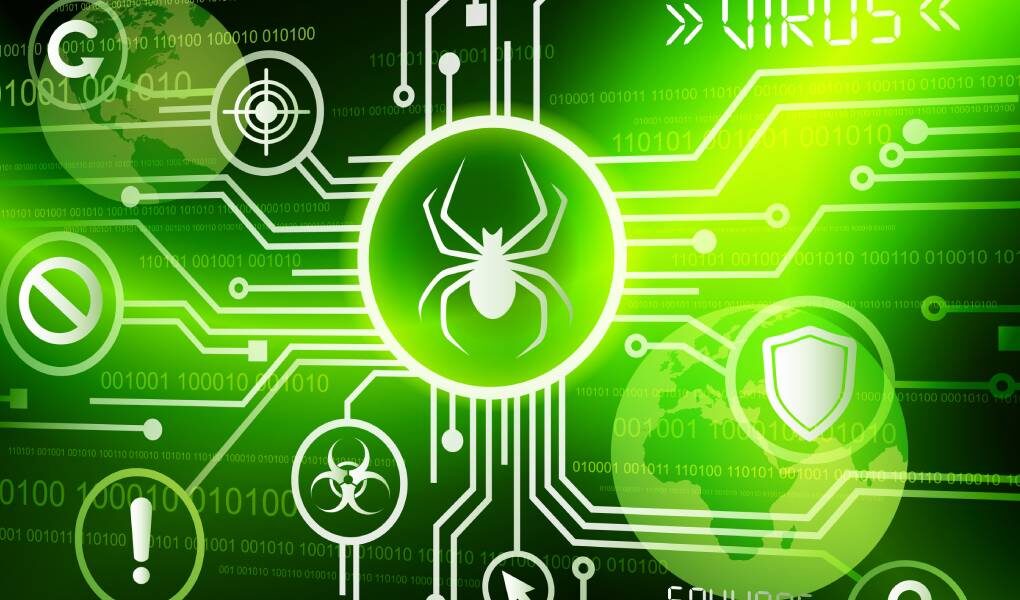Malware is the nightmare of corporate computers, it can act covertly or more prominently in the course of an attack. In both cases, they are dangerous, but to understand why it is useful to define what malware is, how to detect it. In the following guide, we will discover all the general characteristics and learn to distinguish the different types. Let’s proceed in order.
What It Is Malware
The word “malware” derives from the union between the prefix “mal” which indicates something negative and the term “software”, which is all those programs that we install in our offices. From the etymology just described we understand that we are in front of “malicious software” and therefore a malicious code that can put our corporate network at risk and beyond. Malware can partially damage or even crash multiple devices, from computers to tablets and smartphones.
The greatest danger occurs when, after entering a system, the malware takes over, with enormous consequences for your business. Quest software is designed precisely to enrich those who created them against the unfortunate on duty. Once their existence is known and fully understood, it is necessary to find adequate defenses to avoid nasty surprises.
They are created by hackers, spy networks, and subjects operating within the dark web ( here the complete guide on what the deep web is and how to enter ) in search of valuable information. What can they steal? Sensitive data and insights into the activities of a company’s employees, often managing to do so before anyone notices. In addition, they can encrypt the contents of a computer and give the attacker the right to demand a ransom. Let’s see how to avoid such situations.
How To Recognize Malware
There are a number of suspicious elements that can portend the presence of malware within a network or device. We list the main ones:
- computers start working very slowly, not only when they connect to the network but also when simply opening programs
- the fan, that accessory that we put under the PC during working hours, starts to go faster than the site;
- advertisements of all kinds begin to appear on the desktop and within the sites we consult, a phenomenon which, if recurring, is due to the presence of malware;
- extensions and plug-ins begin to multiply despite no installation;
- the homepage that we had set on the browser suddenly changes without any of our colleagues have made any changes to it;
- various threats lurk behind the pop-ups and an invitation to click may appear in front of the promise of cash rewards.
Clearly, it is necessary not to be deceived because there is the risk of encountering consequences from which there is no turning back, such as the reduction of available memory. In these cases, even the antivirus may not help us because the malware may be able to disable it. Often it is necessary to resort to platforms based on artificial intelligence algorithms specifically designed to prevent any attacks.
As soon as only one of the aspects described is grasped, it is useful to talk about it with one’s colleagues and managers to try to resolve the situation in time. Every company should have a team of experts who know how to deal with malware, being able to immediately indicate whether the clues found could turn out to be risks for the entire business. Better still if threats are prevented, for example through firewalls ( here the complete guide to know what a firewall is ). Through constant reviews and virus scans at regular intervals, your entire corporate network will be more secure.
Malware, The Most Common Types
Malware, depending on the type, are known by different names, here are which:
- adware launches advertisements in bursts and manages to hide within programs;
- spyware observes, as the word itself suggests, what happens inside the company, even if it does not have the authorization to enter;
- worms attach themselves to programs and subsequently reproduce themselves on multiple devices, destroying large quantities of files;
- ransomware are those that block company data, asking for payment usually in cryptocurrencies and short-term as a ransom.
- rootkits turn hackers into system administrators and usually act without other users noticing;
- exploits also aim to take control and come from apparently safe sites, automatically installing themselves on the computer;
- keyloggers derive information from pressing keys to identify credentials, passwords, and bank codes. Rootkits are malware that provides the criminal with administrator privileges on the infected system. Generally, they are designed to remain hidden from the eyes of the user, other software, and the operating system itself.
Malware also includes viruses, mistakenly used as their synonyms. These are programs, or parts of code, which, through suspicious attachments or unsafe sites, enter computers by copying or modifying files. On the subject of malware, you must always stay up to date and plan It rich and adequate training on the subject for all company employees.



